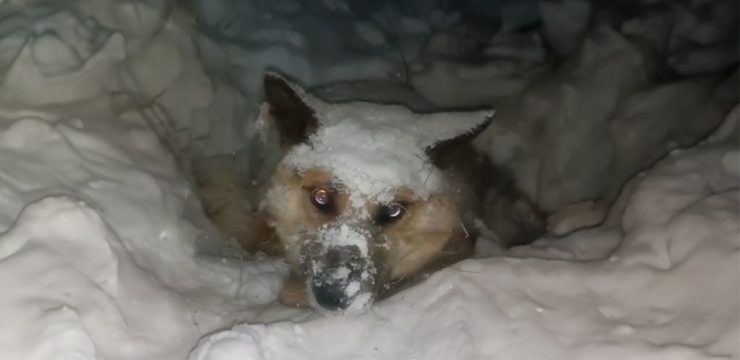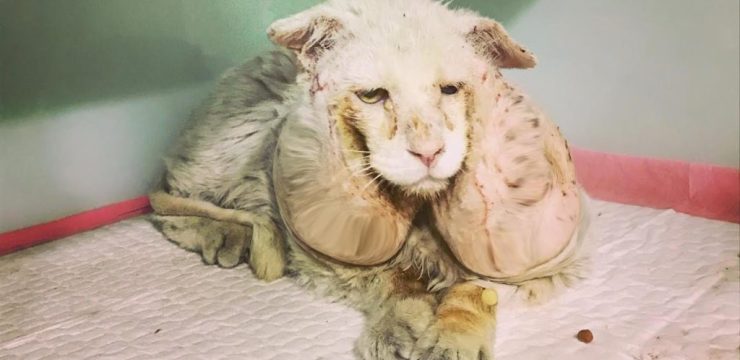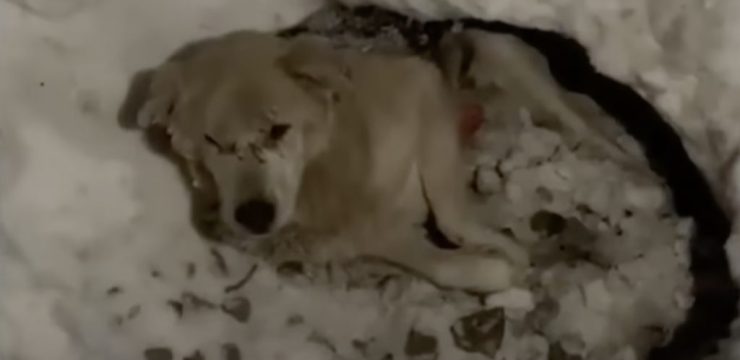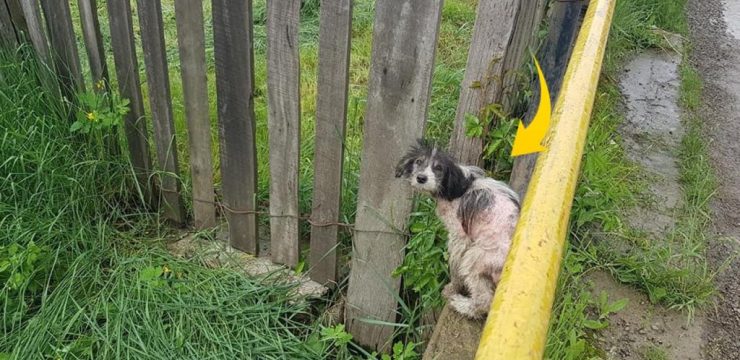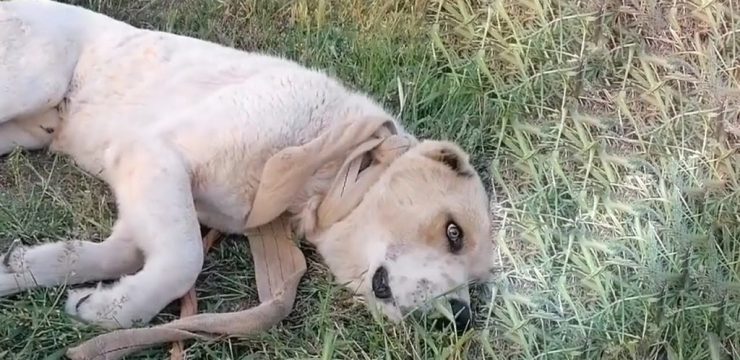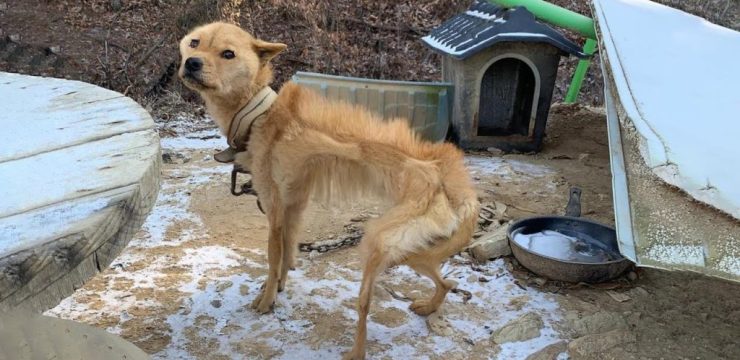In the summer of 1942, as Nazi forces swept through occupied France, a young U.S. Army nurse named Lieutenant Eleanor Witford vanished during heavy artillery fire. Within weeks, the military branded her a traitor, accused of collaborating with the enemy. Her name was erased from honor rolls, and her family was left to endure decades of whispered shame.

It would take forty years—and the determination of a granddaughter who refused to accept the official story—for the truth to come to light. What began as a family’s silent disgrace ended with a shocking discovery under the ruins of a French farmhouse, rewriting history and restoring a stolen legacy.
A Disappearance in Wartime
In August 1942, France was engulfed in flames. German forces pushed deeper into the countryside, overwhelming field hospitals and destroying entire villages. Among the chaos was 26-year-old Eleanor, a fearless Army nurse known for running through smoke and gunfire to save the wounded.
One night, under a barrage of German shells, she rushed into the open field to reach a soldier bleeding near the treeline. Witnesses saw her disappear into the smoke. She never returned.
The next morning, all that was found was her blood-stained medical kit near a bombed-out farmhouse. Initially listed as missing in action, Eleanor’s case took a darker turn weeks later when her family in Massachusetts received a letter accusing her of aiding the enemy. The Army declared she had been executed as a collaborator. Her portrait came down from the family wall, and her name became synonymous with betrayal.
A Granddaughter’s Search
By 1982, Eleanor’s granddaughter, Captain Laura Witford, was serving as an Army medical officer herself. The silence surrounding her grandmother’s story haunted her. In Paris, while combing through military archives, she discovered something extraordinary: a photograph of Eleanor taken weeks after her supposed execution, standing in uniform beside German soldiers outside a ruined church.
If Eleanor had been executed in 1942, this photograph could not exist. Laura’s requests for personnel files were denied, raising even more suspicion. Veterans she tracked down refused to talk. One warned her bluntly: “She got men killed. Don’t go digging. Some things are better left buried.”
Secrets of the OSS
The truth emerged when Laura was approached by Dr. Samuel Cowells, a frail former officer with the wartime Office of Strategic Services—the precursor to the CIA. “She was no traitor,” Cowells told her. “She was one of the bravest women I ever met.”
Eleanor, it turned out, had been recruited by the OSS. Her nurse’s uniform was her cover as she carried messages, assisted the French Resistance, and organized escapes for Allied prisoners. She saved countless lives. But when she discovered that certain U.S. officers were secretly selling troop movements to the Germans, she became a threat. Before she could expose them, she was silenced.
One of those implicated was Major Conrad White. After the war, he vanished, reappearing in New England as Charles Benton, a respected philanthropist. The lie about Eleanor’s “collaboration” had protected him for decades.
Threats and Revelations
Laura’s search made her a target. Her apartment was ransacked. Notes vanished. A man with a faint German accent warned her to stop. But she pressed on, gathering records that tied Benton to Swiss bank accounts and wartime espionage.
At a fundraiser, Laura confronted Benton directly. His cold reply chilled her: “Your grandmother was stubborn. Stubbornness got her killed.”
Soon after, Cowells died suddenly. Before his death, he left Laura a tin containing photographs, coded transmissions, and coordinates to a site near Rouen. French authorities excavated the spot, uncovering skeletal remains of Allied prisoners—and among them, Eleanor’s rusted medical kit and fragments of her uniform.
Vindication After Four Decades
Armed with undeniable evidence, Laura presented the case to Congress. In December 1982, the Army overturned its 1942 judgment, clearing Eleanor’s name. She was posthumously awarded the Silver Star for gallantry.
Her family, once shamed into silence, finally received the recognition Eleanor had earned. As for Benton, exposed as Conrad White, his reputation collapsed. Though too old to face prison, he died disgraced, his wealth and honor stripped away.
A Legacy of Truth
Eleanor’s story is not just one of courage—it is a reminder of how easily truth can be buried beneath lies and corruption. She was a nurse, a covert operative, and a patriot who gave her life to save others. For decades, her name was tarnished, but through her granddaughter’s determination, her legacy was restored.
At a memorial service in 1983, Laura said: “Her story was never about disgrace. It was about courage. My grandmother fought for lives, for integrity, and for her country. And now, at last, her truth can be told.”
Eleanor’s redemption raises troubling questions: How many other stories remain locked in classified files? How many heroes were erased to protect the powerful?
For Laura, one lesson remains clear: “The truth is worth fighting for—even if it takes 40 years to find.”
